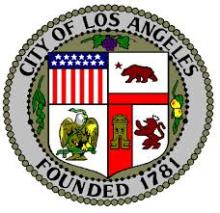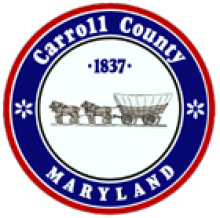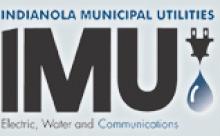Los Angeles Wants Better Networks
The City of Los Angeles has announced a confusing intention to release an RFP for a vendor to install a gigabit fiber network. A recent Government Technology article touches on the broad plan to build a massive fiber and wireless network to every public and private premise.
GovTech spoke with Steve Reneker, general manager of the Los Angeles Information Technology Agency. We last spoke with Reneker in Episode #11 of the Community Broadband Bits podcast. In that interview, he described how Riverside, California, used the publicly owned network to revitalize the economy and support the community's digital inclusion plan. Los Angeles wants to emmulate Riverside's success. From the GovTech article:
“[The plan] is really focused on fixing the operational issues that due to the economy have been left by the wayside over the last three and four years,” Reneker said. “So, correcting the lack of investment, the lack of technology refresh, the reduction in staff that make operational aspects of our infrastructure difficult to keep going forward, tries to deliver an incremental approach to starting a long, lengthy rebuilding process.”
Councilman Bob Blumenthal introduced a proposal in August, 2013 to also blanket the city in free Wi-fi. Blumenfield's website states the city has 3,500 existing wireless hotspots.
Engadget reports that the City Council unanimously approved the proposal to move forward with the plan at a November 5th meeting. A Request for Proposals will be issued in the coming months for the fiber and free wireless network:











